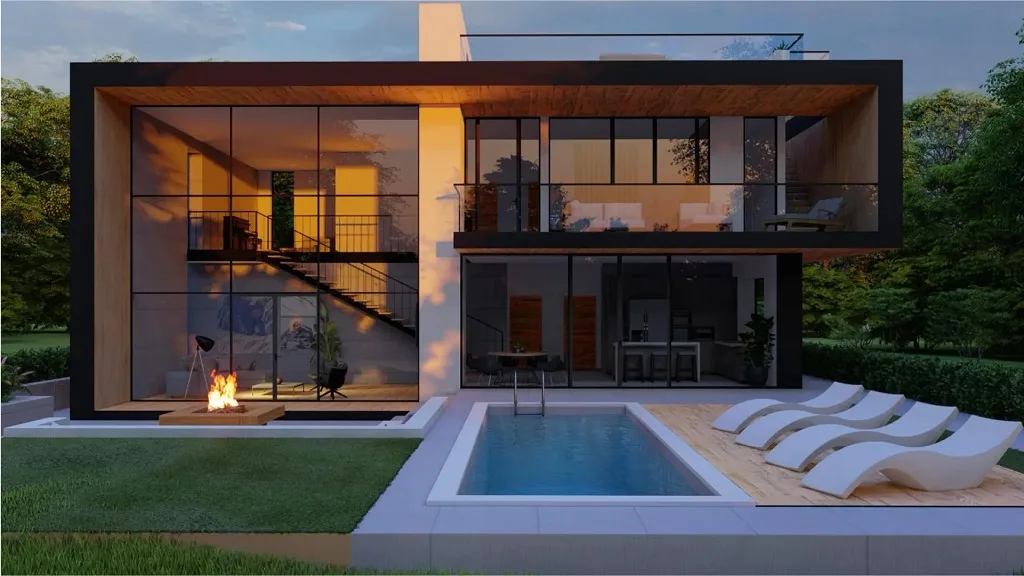
Transparent Wood: The Future of Sustainable Building Materials
Transparent wood is a novel material that has captured the attention of researchers and industries alike due to its unique properties and potential applications. Developed initially by researchers at the KTH Royal Institute of Technology in Sweden in 2016, this innovative material has evolved significantly since its inception. Transparent wood is essentially wood that has been chemically treated to remove its lignin, a component that gives wood its opacity, and then impregnated with a transparent polymer such as polymethyl methacrylate (PMMA). This combination retains the wood’s natural strength while introducing transparency, creating a material that is both robust and aesthetically appealing.
How Transparent Wood Works
The process of creating transparent wood involves several steps. Initially, the wood undergoes a chemical treatment to remove lignin, which is responsible for its color and opacity. This treatment typically involves soaking the wood in a solution that breaks down the lignin. Once the lignin is removed, the wood becomes a whitish color and significantly weaker. To restore and enhance its strength, the wood is then impregnated with a transparent polymer. Polymethyl methacrylate (PMMA) is commonly used for this purpose because it effectively fills the gaps left by the removed lignin and bonds well with the cellulose structure of the wood. The result is a composite material that is not only transparent but also retains the natural grain and texture of the wood, giving it a unique visual appeal.
Problems Solved by Transparent Wood
One of the primary problems that transparent wood aims to solve is the need for sustainable and energy-efficient building materials. Traditional glass, widely used in construction, is energy-intensive to produce and often results in significant energy loss in buildings. Transparent wood, on the other hand, is derived from a renewable resource and offers superior thermal insulation properties. This means buildings constructed with transparent wood could be more energy-efficient, reducing heating and cooling costs. Additionally, transparent wood is lighter and less brittle than glass, which can reduce transportation and handling costs and improve safety in construction applications.
Current Applications of Transparent Wood
Currently, transparent wood is finding applications in various fields. One of the most promising uses is in energy-efficient windows and building facades. Due to its excellent thermal insulation properties, transparent wood can help maintain indoor temperatures, reducing the reliance on artificial heating and cooling systems. This makes it an attractive option for sustainable building designs. Moreover, its aesthetic qualities are being explored in interior design and furniture making, where its unique appearance can add a modern and natural touch to various products.

Potential Future Uses of Transparent Wood
Beyond its current applications, transparent wood holds potential for broader use in future technologies. Researchers are exploring its use in solar panels, where its ability to transmit light while maintaining structural integrity can be highly beneficial. Transparent wood could also be used in smart windows, which can adapt to changing light conditions to improve indoor comfort and energy efficiency. Additionally, its potential use in electronic displays and devices is being investigated, where its flexibility and durability could provide advantages over traditional materials.
The Future of Transparent Wood Technology
Looking ahead, the future of transparent wood technology appears promising. Ongoing research is focused on improving the production processes to make it more cost-effective and scalable. Enhancements in the materials used, such as developing new polymers that bond better with wood, are also being pursued. As these advancements are realized, transparent wood is expected to become more prevalent in both construction and various other industries, contributing to more sustainable and innovative technological solutions.
